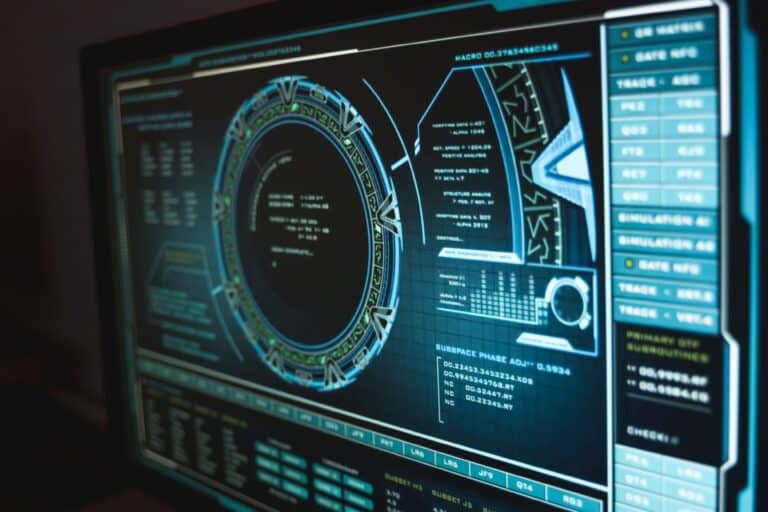Gone are the days when only governments and intelligence agencies were concerned about surveillance. The rapid advancement of information technology and miniaturization of electronic devices has put the power of surveillance in the hands of everyone. A simple Google search for “GSM tracker” or “spy camera” reveals hundreds of thousands, if not millions, of options for espionage gear. Thanks to low-cost manufacturing in China, small cameras, microphones, and other tracking devices are now readily available and affordable. The sales statistics of these products show that many individuals are taking advantage of this access to modern eavesdropping technology.
Who is at Risk of Eavesdropping?
Today, those most vulnerable to eavesdropping are famous people, individuals with access to confidential information, companies and individuals as targets of corporate espionage, political campaigns, investment bankers, and other investment companies. The list of those who intercept includes competitors or partners, employers against employees, subordinates against colleagues and superiors, tenderers against other bidders or clients, spouses and lovers, intruders, criminals, and even neighbours.
The Most Common Espionage Tools & Methods
The most commonly used espionage tools and methods include:
- Micro video cameras and recorders disguised as everyday items such as watches, key chains, lighters, etc.
- Wireless and wired microphones of various types (radio, Wi-Fi, GSM, Bluetooth, laser, infrared, stethoscope, parabolic or shotgun microphones, etc.)
- Eavesdropping software for monitoring GSM phones, computers, laptops, and tablets.
- Microphones transmitting information through the electrical grid, internet cables, or security systems wiring.
- Devices intercepting the electromagnetic radiation of computers, phones, and other equipment for data processing and communication.
These are just a few examples of the many methods and devices used for eavesdropping. What they all have in common is that they are widely available, cheap, and easy to use, requiring no special technical skills. They can also be operated from anywhere in the world with access to the internet via Wi-Fi, cellular, or stationary networks.
TSCM: Detecting Eavesdropping Devices
Detection of bugging devices is not a simple task. The activity is known as TSCM (Technical Surveillance Counter Measures) and requires a thorough visual, electronic, and physical inspection of the facility in question. The TSCM survey is conducted by qualified personnel to detect the presence of surveillance devices and threats, and to identify technical security weaknesses that could aid in the conduct of technical penetration. A successful TSCM survey requires proper training of personnel, a good working methodology, and an appropriate set of technical means.
Investing in Countering Eavesdropping Threats
The issue of interception and eavesdropping protection is complex and rapidly evolving. With so many methods of eavesdropping and devices used for each method, there are numerous instruments available to detect bugs. For example, a radio frequency spectrum analyzer can detect a radio microphone. Investing in countering these security threats will likely provide a return on investment for any institution sooner rather than later.







